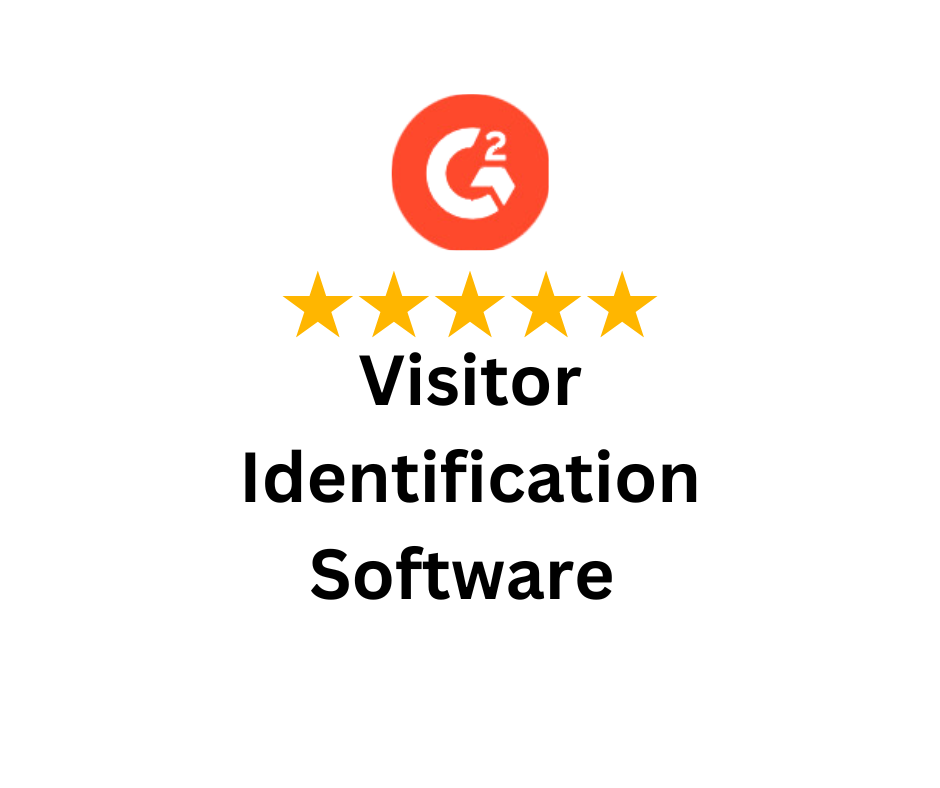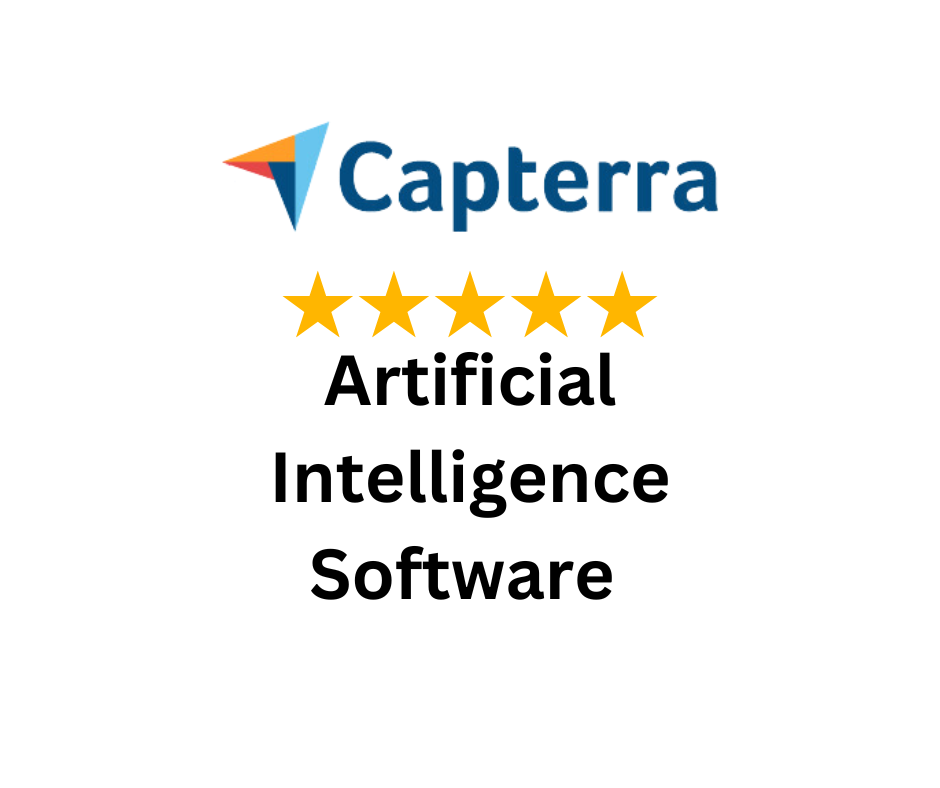A user persona generator is a fast, guided way to create user personas using real behavior, templates, or simple prompts. Instead of guessing who your customer is, these tools help you build accurate profiles that reflect real goals, habits, and pain points—in minutes, not hours.
Creating user personas manually can slow down your process, especially when juggling product, design, or marketing needs. A generator keeps everyone aligned and lets you focus on execution.
Some great options include CausalFunnel’s AI-based persona builder, HubSpot’s free persona tool, and Xtensio’s editable templates. Each tool helps streamline how you approach customer understanding without sacrificing depth.
This guide breaks down how these tools work, why they matter, and when to use them. Whether you’re starting fresh or updating old profiles, this will help you move faster with confidence.
A user persona generator is an online tool that builds structured personas using basic input. You enter details like job title, goals, pain points, and preferred communication channels.
The tool then transforms your answers into a complete, ready-to-use persona profile. It saves time, adds structure, and helps your team stay focused on the right users.
This type of persona tool is helpful for marketers, designers, and product managers alike. It removes guesswork and lets you create personas online that feel grounded in real behavior.
Compared to building personas manually, it offers better speed and consistency across projects. It simplifies things when you’re working with multiple customer types or testing new ideas.
An advanced user persona creator also adds value with templates, prompts, and automation. Some platforms, like CausalFunnel, use behavioral data to generate smart, evolving personas.
A strong automated persona builder should support your workflow, not slow it down. It should guide messaging, influence UX design, and help teams create better user experiences.
If you’re looking to scale or speed up your persona creation efforts, this kind of tool can help.
A user persona generator helps you create detailed user profiles without starting from zero. Instead of guessing or formatting everything manually, you input your data and let the tool do the rest.
It increases efficiency by saving time on layout, structure, and writing from scratch. You can generate multiple personas quickly, which is especially useful for teams managing several target segments.
Automation reduces the chance of skipping important details or repeating the same structure inconsistently. It supports better persona accuracy by standardizing how your team approaches user research and segmentation.
This is helpful across departments like marketing, UX, and product development. Everyone works with the same structure, which leads to smoother collaboration and more consistent results.
If you’ve ever struggled with how to create user personas or felt overwhelmed by the process, this is the solution. Tools like CausalFunnel and others help streamline the entire workflow with guided inputs.
With a reliable persona tool, your team can focus on insights, not formatting. It improves marketing efficiency, aligns teams, and removes the friction from persona building.
It’s not just faster—it’s more reliable.
A user persona generator helps you build accurate personas without starting from scratch. Whether you’re a marketer, UX designer, or product lead, these tools save time and boost consistency. Below are four options worth exploring, each with unique features and pricing.
Causal Funnel is a powerful AI-based user persona generator designed for teams that want automation. It analyzes real-time user behavior and intent signals to build dynamic, evolving personas.
This tool is ideal for product managers, SaaS founders, and performance marketers who want data-backed insights. The personas are not just templates—they adapt as audience behavior changes over time.
You can start with basic inputs, and the system generates tailored persona profiles, including motivations, conversion triggers, and preferred messaging channels.
Causal Funnel is best for growing teams that want to scale fast while staying user-focused. It’s available through paid plans with a custom quote, depending on your volume and tech stack.
HubSpot – Make My Persona Tool
HubSpot’s Make My Persona is a free and simple user persona generator designed for marketers. It walks you through a short series of questions, covering demographics, goals, and challenges.
After answering, you receive downloadable sample user personas that you can edit or share. The tool is perfect for content marketers, freelancers, and small businesses getting started with customer segmentation.
It’s great for beginners who want to learn persona structure without technical setups or integrations. While it’s limited in customization, the interface is friendly and the process is quick.
This is a fully free tool with no sign-up required, and it gives you a PDF download at the end.
Xtensio Persona Builder
Xtensio acts as both a user persona generator and a flexible user persona creator. It’s a web-based platform that lets you build customizable persona documents using drag-and-drop modules.
It supports teams across marketing, product, and design who need visually rich outputs. Each persona is stored in your dashboard and can be shared, edited, or exported at any time.
You can create multiple persona versions for different campaigns and update them as your data evolves. Templates include fields for demographics, motivations, frustrations, tools, and more.
Xtensio offers a free version with limited features. Premium plans unlock branding, collaboration, and export options.
Userforge – Collaborative Persona Tool
Userforge is a clean and collaborative tool built for creating user personas visually. It’s designed for teams who want fast input and real-time updates across departments.
You can start by naming the persona, then fill in roles, needs, behaviors, and goals. The interface is distraction-free and built for collaboration between UX, product, and research teams.
It supports transparency by showing the “why” behind persona elements, helping teams stay aligned. The clean visual style also makes presentations more engaging.
Userforge is free for individual users, with a paid team plan that unlocks collaboration tools and workspace features.
Whether you use a user persona generator or start manually, the process follows the same structure. Each step helps you move from raw data to a clear, helpful user profile.
If you’re wondering how to create user personas quickly, these steps work every time. Using a generator? Just plug in the data—most tools follow these exact steps.
If you’ve used a user persona generator, you’ve probably seen the magic of automation. These tools take your input and convert it into structured, usable personas within minutes. Below are three sample user personas, each generated from a different tool, to show what a typical output looks like.



These sample user personas give a real look at what ready-made profiles can include. Whether you’re using a user persona generator or customizing a template, clear goals and frustrations are always key.
Building user personas shouldn’t be a one-time exercise or a solo task. When you involve your team, you unlock clearer communication, better content, and a shared focus on real users.
Start simple. Pick one project, choose a tool, and create your first draft together. As your campaigns grow, so will your understanding of your audience.
User personas help align messaging, product features, and customer experience across departments. They’re not just documents—they’re decision-making shortcuts that keep everyone focused on the same goals.
Try our recommended user persona generator and start creating smarter content, faster. Whether you’re just beginning or updating old profiles, this small habit will create a big shift.
Creating user personas is the easiest way to make your marketing more human—and more effective.
The best user persona generator depends on your team’s goals and workflows. Tools like CausalFunnel work well for AI-based segmentation, while HubSpot is great for beginners. If you need flexible formatting and visuals, Xtensio is a solid choice. Look for features like data input prompts, editable templates, and team sharing. Choose a tool that helps you create personas online and supports your specific content or product needs.
Yes, but the personas will be less reliable. If you’re creating user personas without direct customer input, start with internal assumptions, competitor research, or social listening. Then validate those insights as soon as possible through interviews or analytics. A persona tool can help shape those early guesses into usable profiles, but real data always makes your results more meaningful.
Persona generators are perfect for startups with limited time or research capacity. They provide structure and help teams get aligned quickly, especially during fast growth. If you’re launching a product or campaign, using a generator ensures you avoid guesswork. These tools can simplify your messaging and improve consistency, even before you have a full research process in place.
That’s normal. Use a persona template to collect everyone’s perspective in one place. Then review customer feedback or analytics together to validate what’s real versus assumed. A user persona generator helps standardize the structure and language so discussions stay focused. Once your team agrees on one version, keep it updated based on real customer behavior and product usage.
Update personas every few months or after major campaigns, launches, or feedback cycles. If customer behavior shifts, your personas should reflect that. Creating user personas is not a one-time task—it’s a habit that supports long-term growth. Use tools that let you update fields easily so your profiles evolve with your audience over time.
Empowering businesses to optimize their conversion funnels with AI-driven insights and automation. Turn traffic into sales with our advanced attribution platform.

